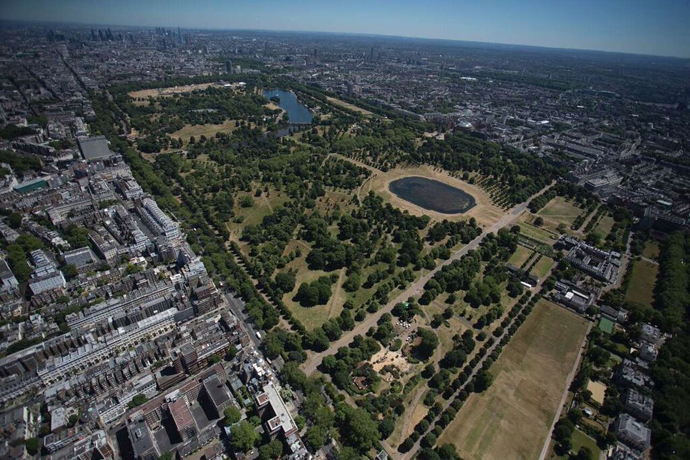What can nature do for your city?
There is a growing call to incorporate green infrastructure within new and existing developments. Natural assets clean the air and water, reduce flood risk, and help regulate climate at both micro and macro scales; they also improve quality of life and raise real estate values accordingly. Green infrastructure can take various forms, from green roofs and living walls, to public parks and major schemes like New York’s High Line and London’s proposed Garden Bridge.
The ideal urban scenario is the creation of a city-wide network of green infrastructure which provides the ecosystem services that facilitate growth and prosperity. Strategic planning at the city scale is critical, and London is showing leadership in this area. The Greater London Authority has recently published Natural Capital: Investing in a Green Infrastructure for a Future London.
Although city-wide planning for green infrastructure is important, area masterplans and individual projects can also play a key role, and planning authorities are likely to look favourably on proposals that integrate multi-functional green infrastructure from the start. Thinking big could increasingly pay dividends. Could you link green spaces in your development to those in neighbouring areas, helping to create a network of green infrastructure that facilitates walking and cycling and better health? In particular, cities and developers could consider natural rather than hard solutions to flood risk, something that will increase with climate change.

Photos by Luke Massey for the Greater London National Park City.
Natural capital accounting involves asking what natural capital assets are present in an area or site, what services these assets currently provide and who benefits from them, what services the land could potentially provide, whether any parts of the area or site should be particularly safeguarded to maintain the delivery of ecosystem services. AECOM recently undertook natural capital accounting on behalf of London’s National Park City campaign.
Enlightened developers are increasingly pursuing this agenda. In London, developments such as Quintain’s Wembley Park, Capital and Counties’s Earls Court, and the Wild West End have natural capital at the centre of their plans.
More controversially, thinking about multi-functional green infrastructure could lead to a re-evaluation of the merits of protecting land from development that is ostensibly ‘green’ but doesn’t provide a wide range of ecosystem services for community benefit. London’s Green Belt was created in response to planning concerns around sprawl and coalescence, but with growing demand for housing and associated infrastructure in London, is this the time to review the Green Belt in light of a modern understanding of green infrastructure? Such a review would raise all sorts of issues, not least the methodology for determining the value of different land parcels in terms of natural capital and ecosystem services. However, given the level of population growth that cities like London are experiencing, difficult issues like this will be increasingly need to be tackled.
AECOM’s London 2065 manifesto proposed a more strategic view of the role of green infrastructure to support development intensification and housing delivery while maintaining and enhancing ecosystem services.
Dr. Steve Smith is a technical director in London specialising in environmental and sustainable development, including total capital accounting and ecosystem services.
*Ben Smith is no longer with AECOM.







